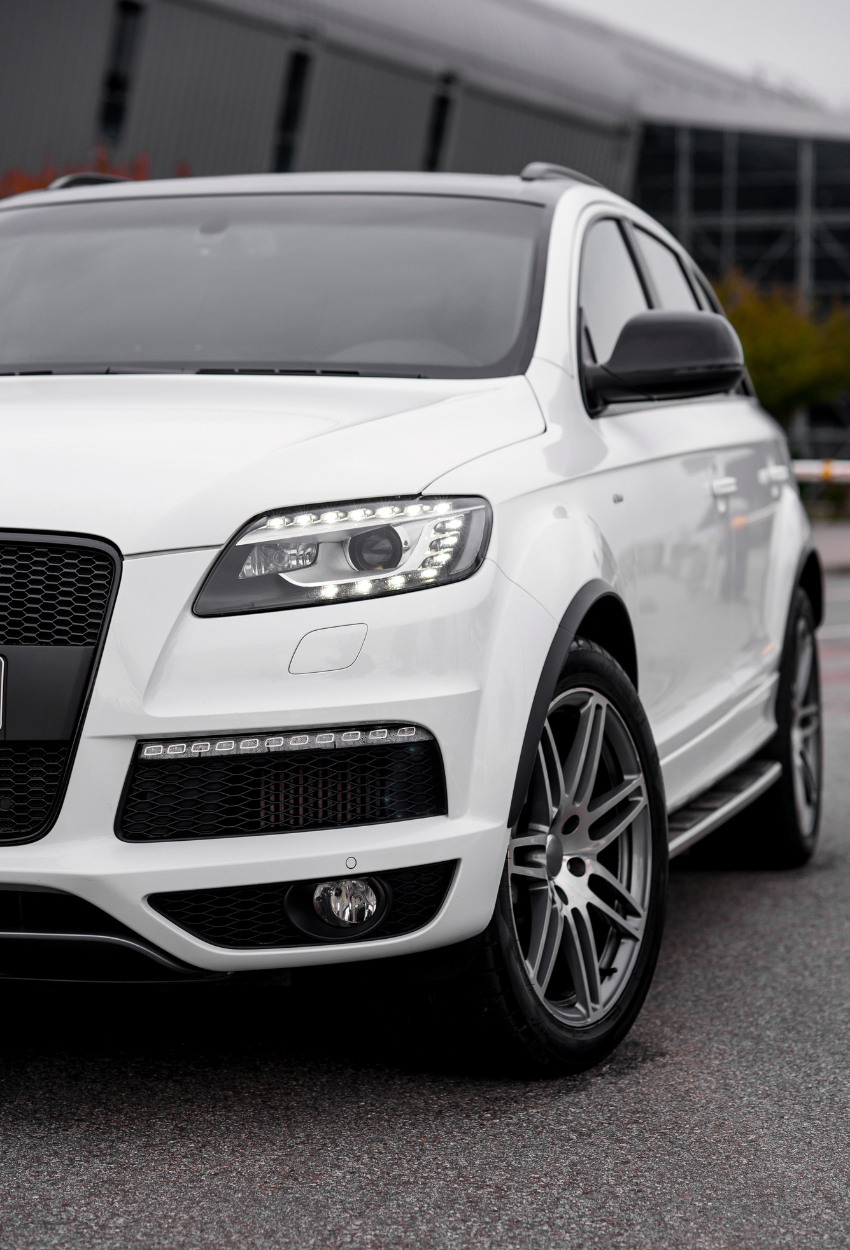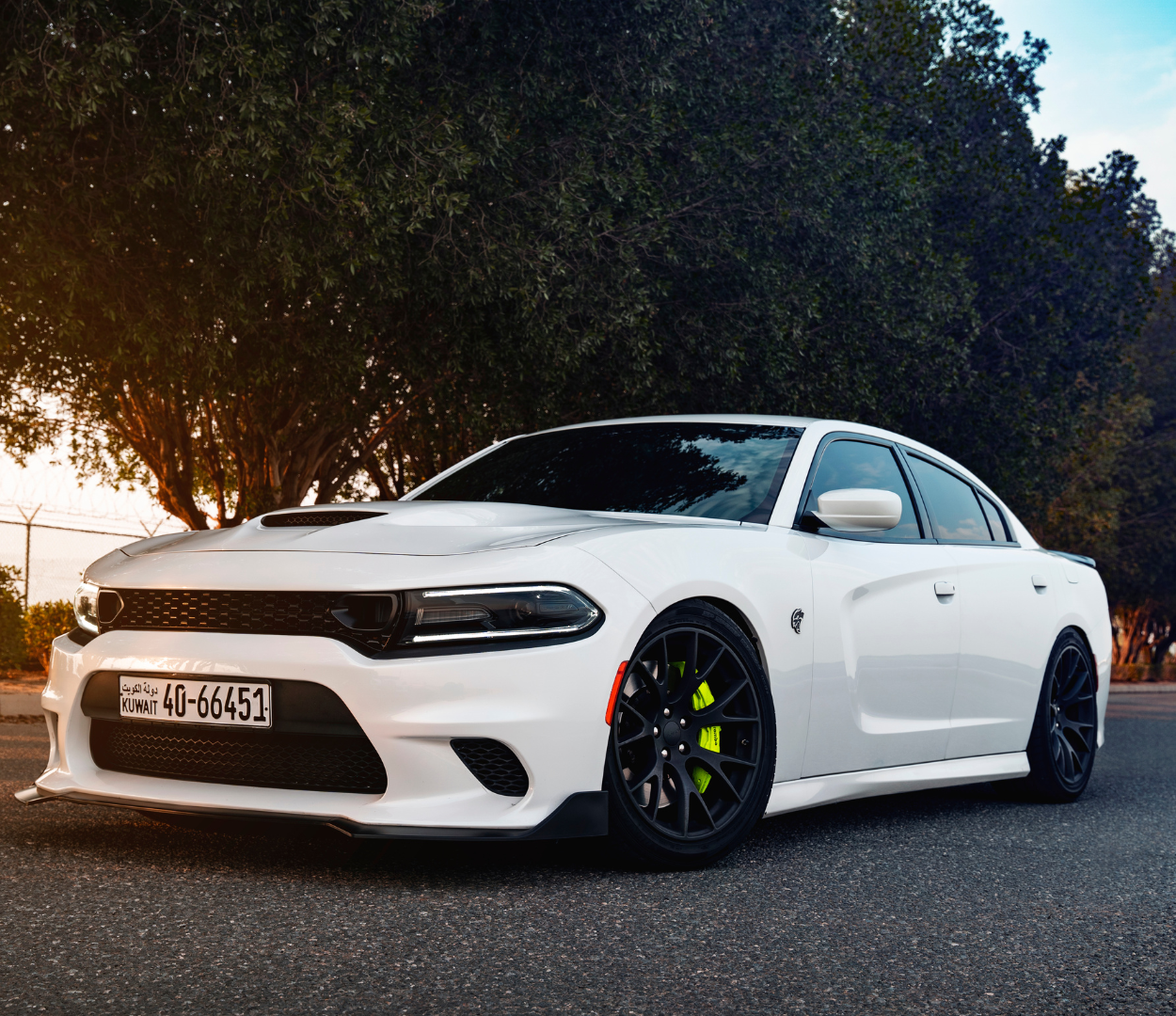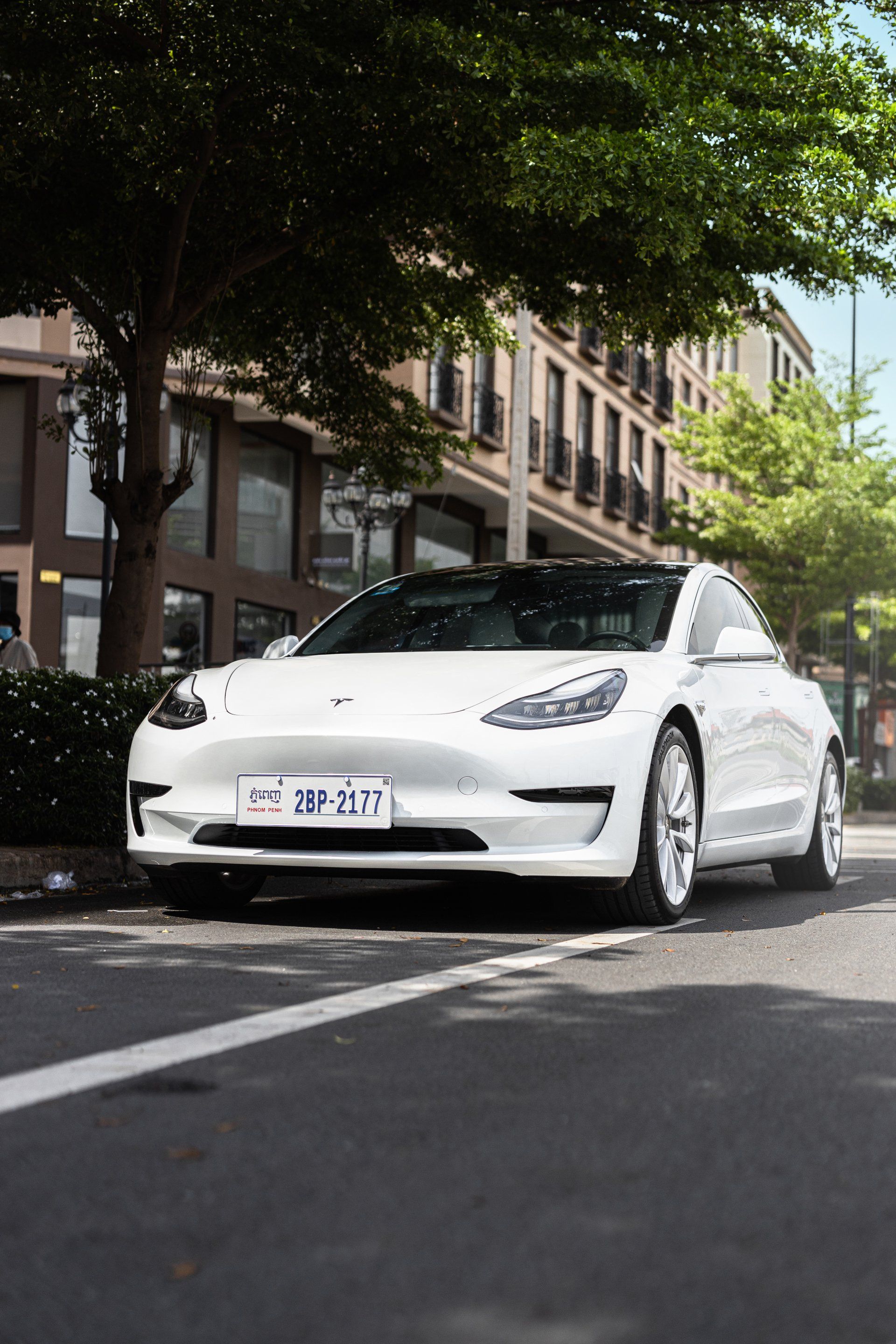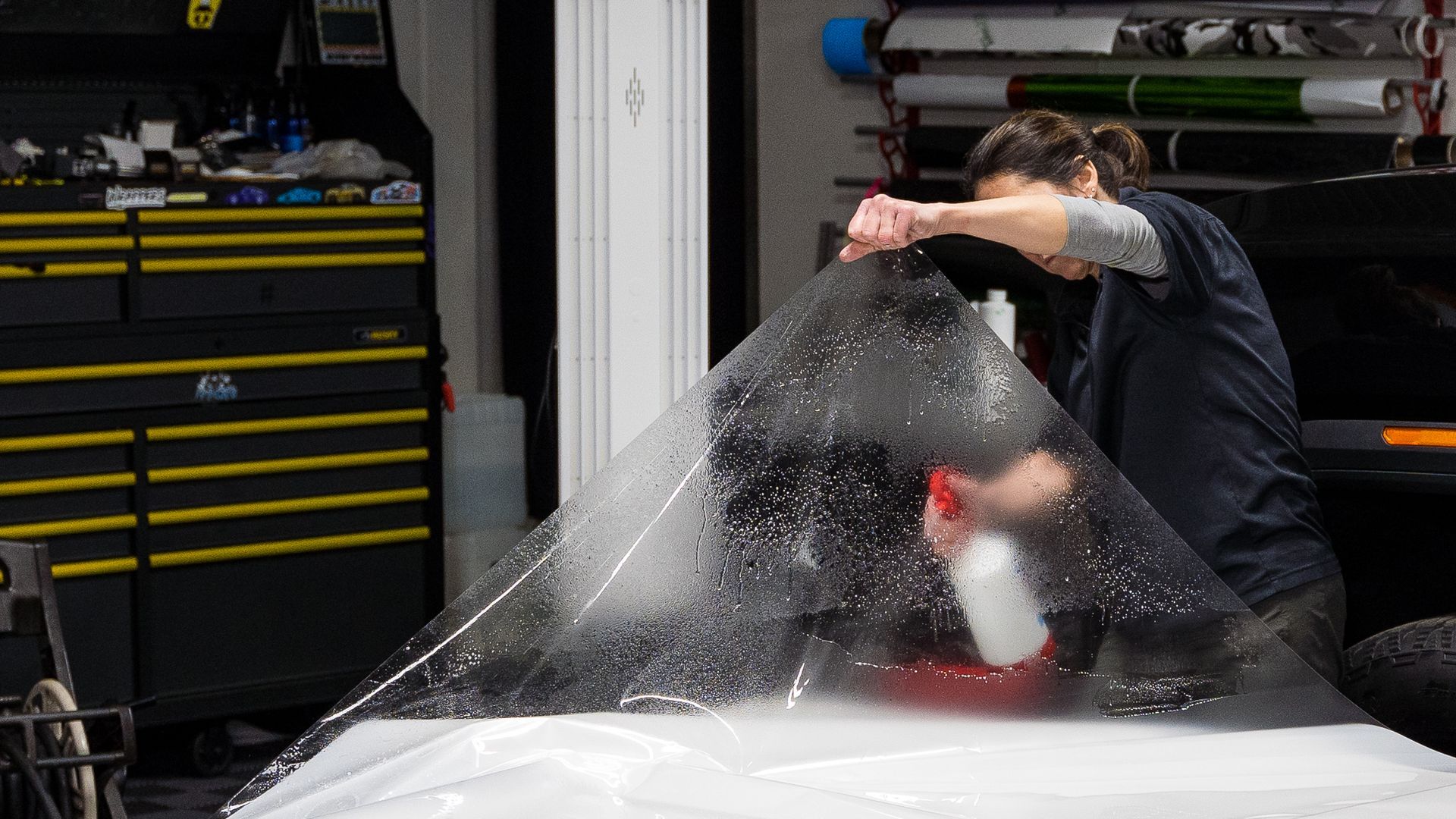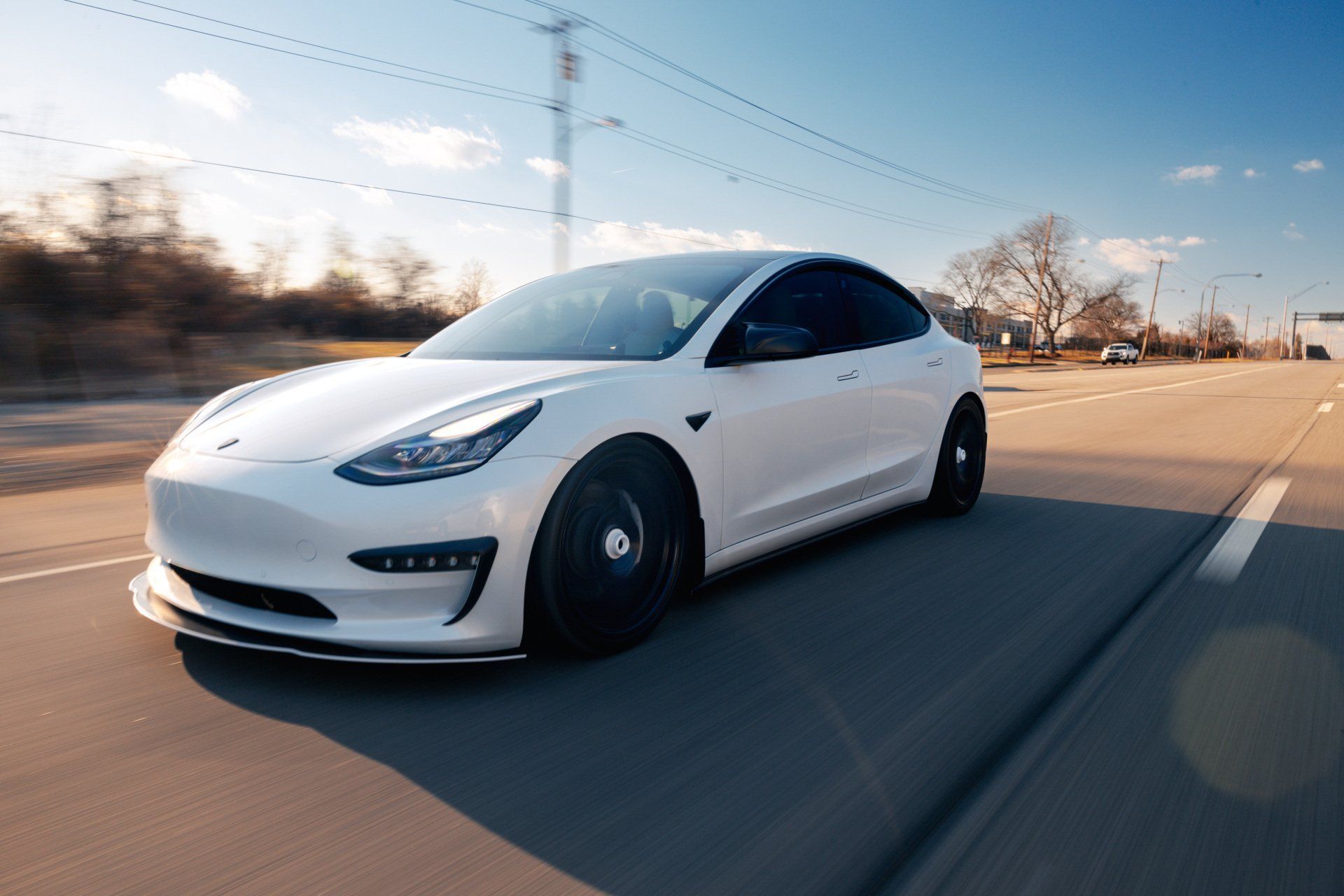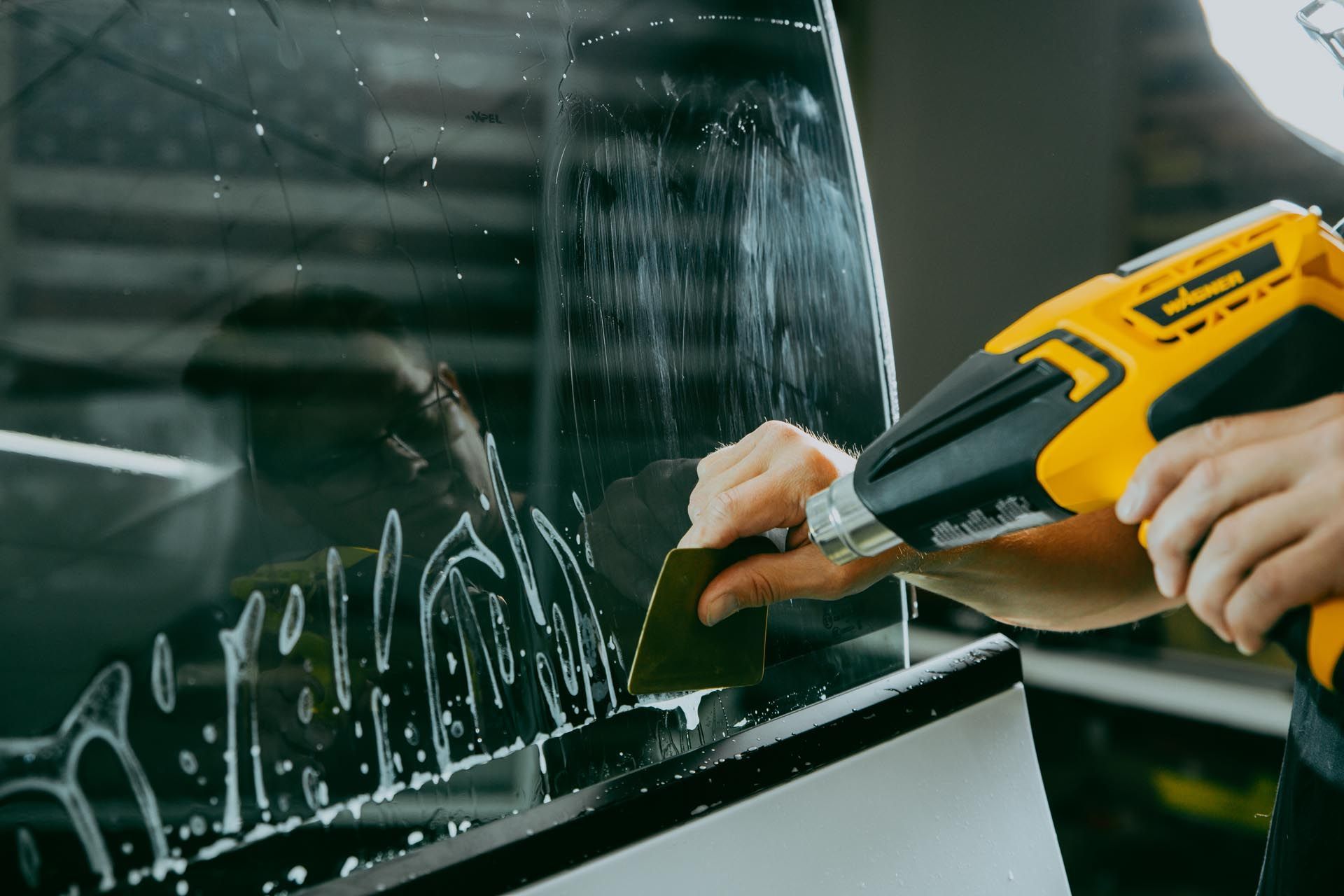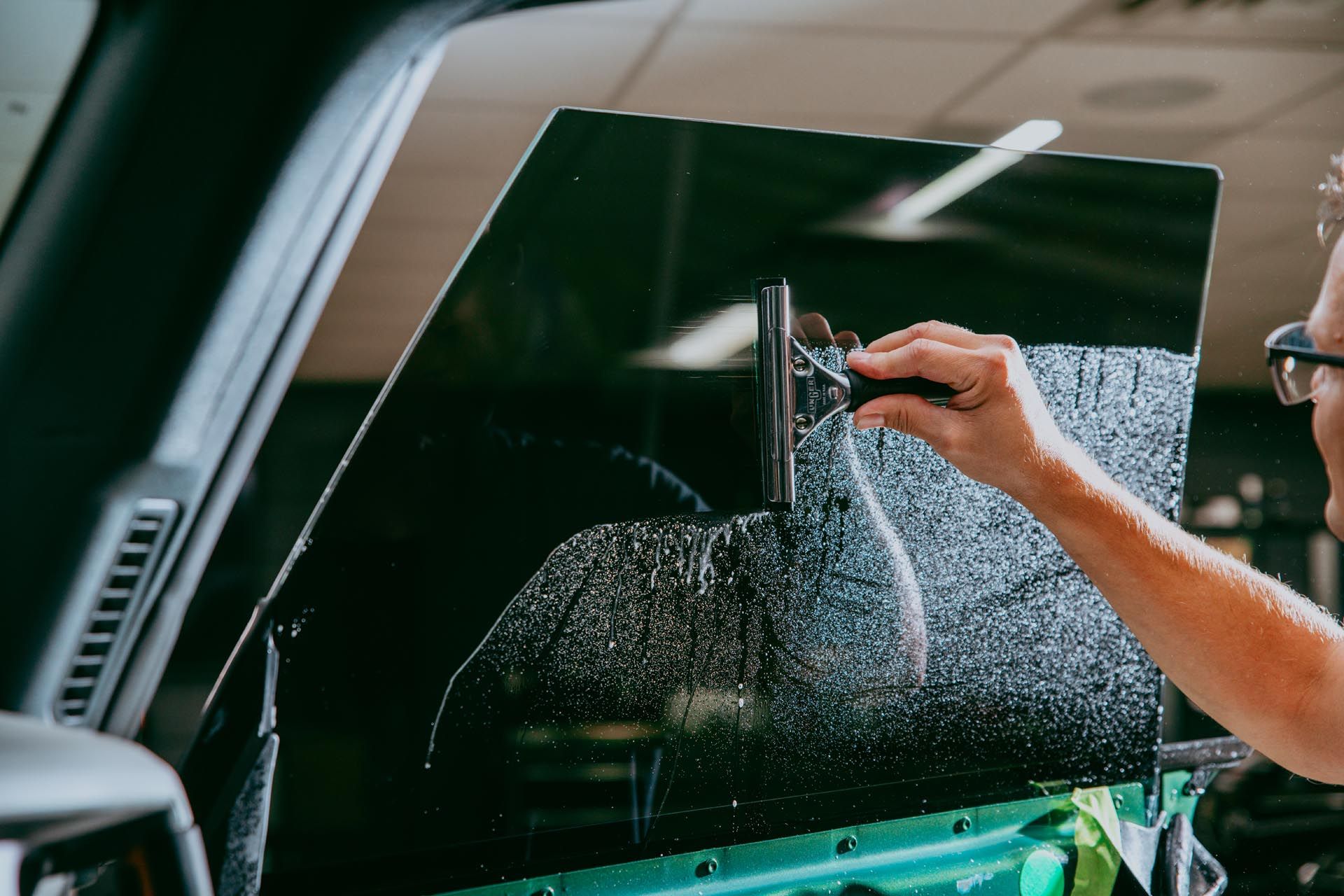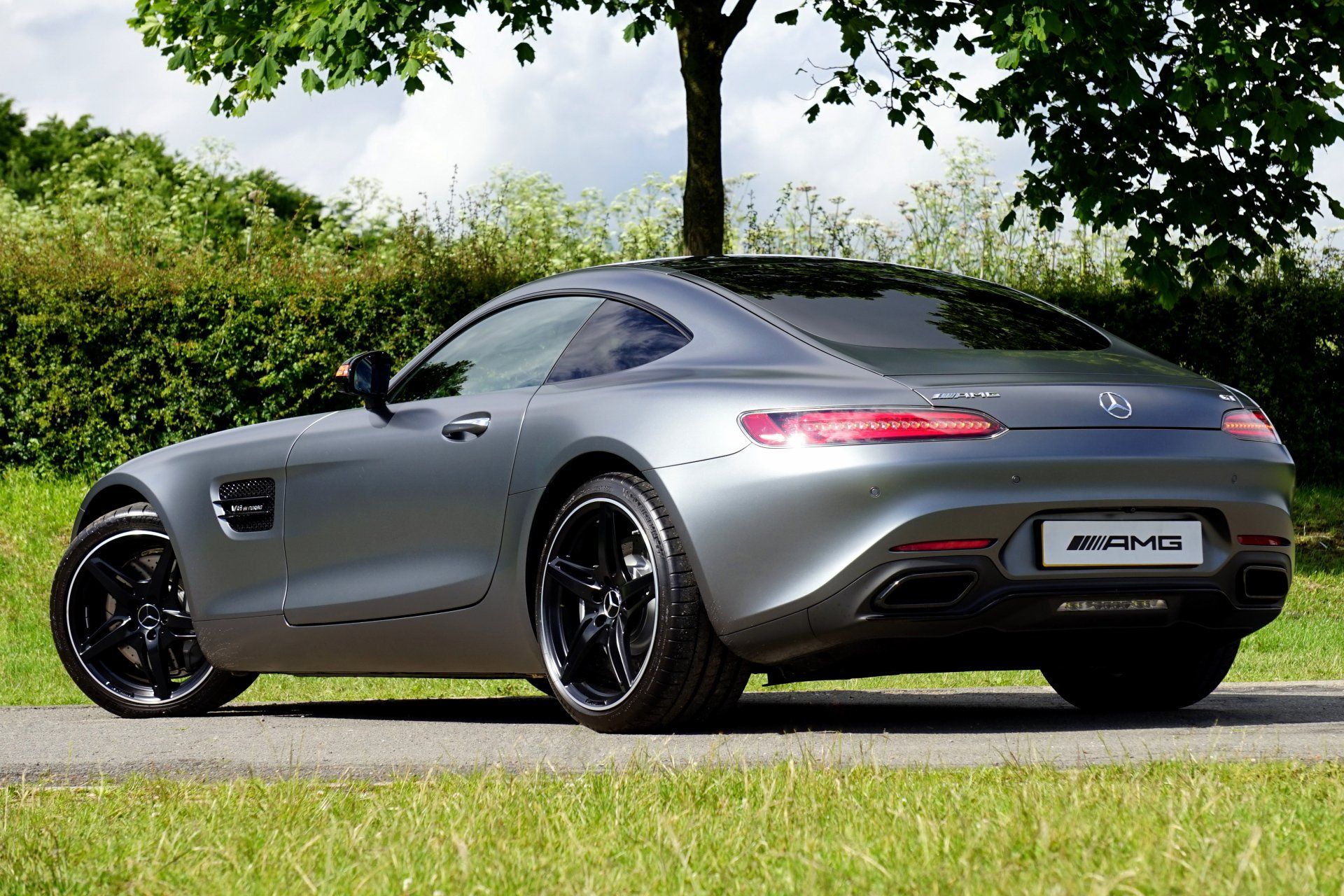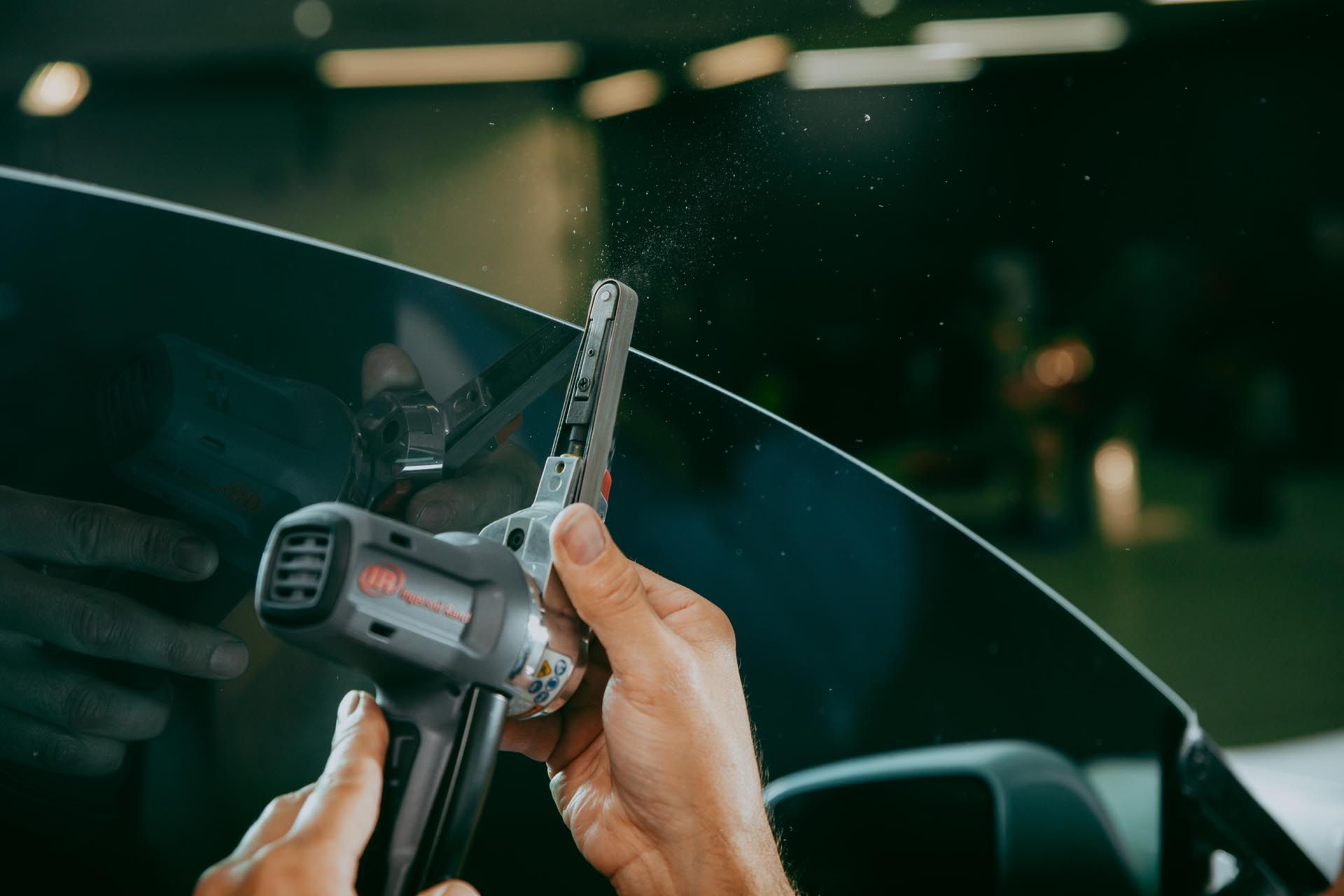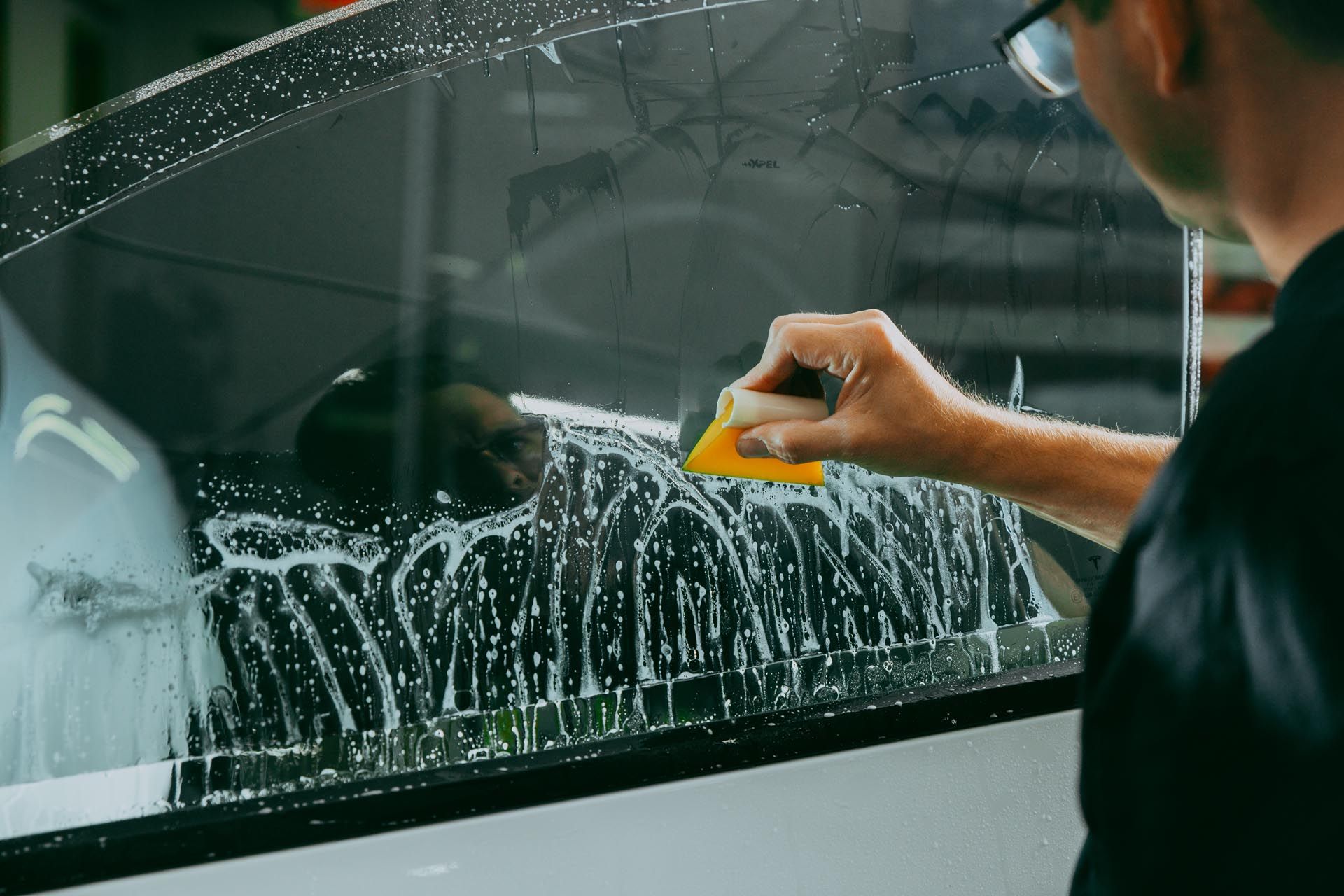The Best Cleaning Products for Tinted Auto Windows: Top Solutions for Your Vehicle
When it comes to keeping your vehicle looking fresh, cleaning tinted auto windows can be a bit tricky. The last thing you want is to damage that stylish tint with harsh cleaning products! Luckily, there are great solutions out there that can help you achieve sparkling windows without fear. In this article, we’ll explore the top cleaning products for tinted windows that not only keep things clear but also help maintain the integrity of your tint. From trusted brand names to budget-friendly options, you’ll find everything you need to keep your ride looking its best. So, let’s dive in and discover how to make your tinted windows shine!
The best cleaning products for tinted auto windows offer streak-free performance and often include hydrophobic properties that enhance visibility during wet conditions. Always choose ammonia-free cleaners to prevent damage to the tint film. Some affordable options are also available that effectively remove grime while protecting the window’s surface.
Top Cleaning Products for Tinted Auto Windows
Among the most highly recommended options are those that combine powerful performance with a wide spray pattern, making application both effortless and efficient. A streak-free formula is especially important—no one wants to finish cleaning only to see smudges and marks left behind. Many of the top-rated products are widely available and praised by auto enthusiasts for their effectiveness and ease of use. Some stand out due to their dual-action features: while they clean efficiently, they also add a water-repellent layer that can last for weeks. Although this sometimes requires extra buffing for a flawless finish, the added visibility during rain is a welcome bonus.
There are also ceramic-based formulas that provide excellent cleaning power along with hydrophobic protection. These often leave surfaces feeling smooth and clean, though users may occasionally need to buff out a light haze for perfect clarity. Still, they are considered well worth the effort for the level of protection they offer. Budget-friendly cleaners are also available and can be a great choice for everyday use. While they may take a bit more time and effort to achieve maximum clarity, they strike a good balance between affordability and performance.
That said, not all cleaning products are suitable for tinted windows. Cleaners that contain ammonia can damage the film over time and should be avoided. Similarly, some glass wipes, although convenient, tend to leave behind streaks and often lack the cleaning strength needed for heavily soiled surfaces. Choosing high-quality, ammonia-free cleaning solutions helps ensure your tinted windows remain clear, clean, and protected for the long haul. With the right products and techniques, you can maintain your vehicle’s appearance and maximize the life of your tint.
Best Practices for Using Cleaners
Effective use of cleaning products can transform not only your tinted windows but also enhance your driving experience by ensuring visibility is optimal. It all starts with a little preparation and some key strategies that make the process smooth. For instance, before you even pick up that cleaner, shaking the bottle well is essential. This isn't just a guideline; it's a must-do to ensure that all ingredients are adequately mixed. A poorly mixed cleaner won't perform as expected, possibly leading to streaks or residue.
Step-by-Step Guide
Once you've got your cleaner shaken up and ready, it’s time for application. The next step involves spraying the cleaner onto the window surface moderately. This means avoiding oversaturation—think of it as a balancing act. Starting off lightly allows you to gauge how much cleaner you’ll need without soaking the glass, which can lead to streaks if moisture runs down the window. The ideal practice involves spraying on your microfiber cloth first. This prevents excess drips and keeps things neat, allowing you to control the amount of cleaner reaching your tinted surface. Remembering to keep it light will save you from dealing with messier cleanups later!
Now, here’s where versatility comes into play: using a high-quality microfiber cloth is crucial. Unlike regular cloths or paper towels, which can inadvertently scratch your tint film, microfiber is designed to lift dirt while being gentle on surfaces. When wiping, use a gentle circular motion; this technique not only helps in evenly spreading the cleaner but also enhances dirt-lifting efficacy by about 30%.
Buffing for Perfection
After cleaning, don't skip the final step: buffing dry with a second clean microfiber cloth! This final touch removes any remaining cleaner residues and ensures you’re left with sparkling clarity instead of unsightly streaks. Think of this step as putting that perfect bow on a beautifully wrapped gift—it completes the entire process. When buffing, focus your efforts on achieving that pristine shine that makes all the difference in your viewing experience through tinted windows.
Mastering these best practices transforms your window-cleaning tasks into simple rituals that enhance both aesthetics and function on the road ahead. Next, we'll explore how to prevent those pesky streaks and residue during cleaning.
Avoiding Streaks and Residue
Streaks and residues are more than just an annoyance; they can cloud your view and detract from the beautiful appearance of your vehicle. That's why it is essential to implement effective techniques that allow you to achieve a spotless finish every time you clean those tinted windows. A simple but effective strategy is the two-cloth method. When you clean using two microfiber cloths—one for applying the cleaner and another for buffing—you significantly reduce the chances of leaving streaks behind.
The first cloth is dampened with the glass cleaner, allowing you to wipe away grime from the window surface. Be sure to wipe in a circular motion initially; this helps break up stubborn dirt particles effectively. After that, switch to your second cloth, ensuring it's dry, and buff the surface in straight strokes—either vertically or horizontally—to lift any leftover cleaner safely and provide a true glare-free shine. This technique not only reduces streaks but also prevents any lingering residue that might otherwise become visible under sunlight. According to tests conducted by professionals, employing the two-cloth method can result in up to 90% fewer streaks compared to using a single cloth.
Here’s how we suggest approaching the cleaning process:
- First Cloth: Dampen it with your favorite cleaner for tinted glass. Wipe down the window thoroughly, focusing on corners where dirt likes to hide.
- Second Cloth: Use this dry cloth to buff the glass, achieving a pristine finish without any streaks left behind.
Another useful tip when it comes to cleaning is timing. Cleaning windows in the shade is often overlooked but makes a significant difference. Heat can cause cleaners to dry too quickly before there's a chance to wipe them away, resulting in unsightly streaks. Rather than rushing through the process under direct sunlight, it's best to work in a shaded area for optimal results. Keeping your windows clear not only enhances visibility but also contributes to the overall aesthetic of your vehicle. To further enhance your car's exterior and care, it’s important to explore strategies that ensure lasting condition and appearance.
Long-Term Maintenance Techniques
Maintaining the quality of your tinted windows requires more than cleaning; it calls for a consistent approach to care that protects against wear and tear. Implementing a routine—specifically, a bi-weekly light cleaning—can work wonders in preventing dirt and grime buildup. Using a gentle, ammonia-free cleaner is essential; these formulations help preserve the tint without damaging its integrity. For a truly scratch-free finish, grab your trusted microfiber cloths, which can significantly reduce the risk of scratches by up to 90%, making this a simple yet impactful choice.
Moreover, consider applying a UV protectant every six months. This is a golden rule in preventing degradation from harmful sunlight and maintaining the vividness of your tint over time. When you use products that shield against UV rays, you're not merely cleaning; you're extending the life of your investment. According to insights from auto care experts, regular maintenance techniques can extend the life of your tint film by an impressive 30%. This figure underscores the importance of incorporating maintenance into your regular vehicle care routine rather than treating it as an occasional task.
Naturally, keeping an eye out for any signs of damage is crucial too. Regularly inspecting the edges of your tint for peeling or bubbling allows you to catch potential issues early. Addressing these small signs promptly will prevent larger problems down the road, preserving both appearance and functionality. With proactive steps in mind, you'll lay the groundwork for maintaining your tinted windows effectively; however, exploring safe cleaning alternatives can further enhance your approach to automotive care.
Safe Product Alternatives
There’s growing awareness of how harmful chemicals can affect not only our health but also the environment. This is where safe product alternatives come in, particularly for those who want to maintain their tinted auto windows without compromising their integrity. While commercial cleaners are often packed with powerful compounds, many car owners are beginning to embrace safer, DIY solutions made from natural ingredients. These alternatives can be surprisingly effective and significantly less abrasive.
For instance, consider a simple mixture of distilled water and white vinegar. When combined in equal parts, this homemade cleaner offers a non-toxic solution that can efficiently remove dirt and smudges without introducing harsh chemicals into your vehicle. However, it’s essential to use this vinegar solution sparingly since prolonged exposure could lead to potential discoloration of the window tint over time. Just like any good relationship, moderation is key!
As we explore the intricacies of maintaining the life of your window tint, it’s equally important to understand the routines and care necessary for preserving its quality and effectiveness.
Protecting Your Tint Film
The tint film in your vehicle is not just a stylish accessory; it's also a safety feature that provides privacy and protects the interior from harmful UV rays. Taking care of this film is crucial for maintaining its effectiveness and longevity. To keep that tint looking sharp and functioning well, there are several key practices to adopt.
- Be Gentle: First and foremost, when it comes to cleaning tinted windows, gentleness is key. Avoid using abrasive materials like rough sponges or hard scrubbers, which can scratch and damage the delicate tint film. A soft microfiber cloth should become your best friend during this cleaning ritual. These cloths are designed to lift dirt away without scratching the surface—a game changer in preserving your tint's integrity. You’d be amazed at how something as simple as a soft cloth can make all the difference over time.
- Avoid Direct Sunlight During Cleaning: Timing is another important factor in keeping your tint looking pristine. Clean your windows in the shade, if possible. When exposed to direct sunlight, cleaners can dry too quickly, resulting in streaks that not only look unattractive but can also jeopardize the quality of the tint film itself. You wouldn’t want to invest time and money into getting your tinted windows just right, only to have them marred by careless cleaning conditions.
Furthermore, consider storing your car in a garage or utilizing sunshades when parked outdoors. Prolonged exposure to direct sunlight can cause your tint to fade over time, diminishing both its appearance and functionality. By adopting these practices, you'll ensure that your tinted windows remain effective while providing you with years of service—your tint will continue looking great while giving you the protection you need. In summary, caring for your tinted windows is essential for both their appearance and functionality. With proper maintenance, you can enjoy the benefits of tinting for years to come.
Top Window Tinting Services in Glendale Heights, IL
Protect your vehicle from harsh UV rays and enhance its appearance with professional window tinting services in Glendale Heights, IL. Umbra Window Tinting brings precision, premium film options, and flawless installation to every project—whether you're after heat rejection, added privacy, or a sleek aesthetic upgrade. Schedule your appointment today and experience the difference true craftsmanship can make.

